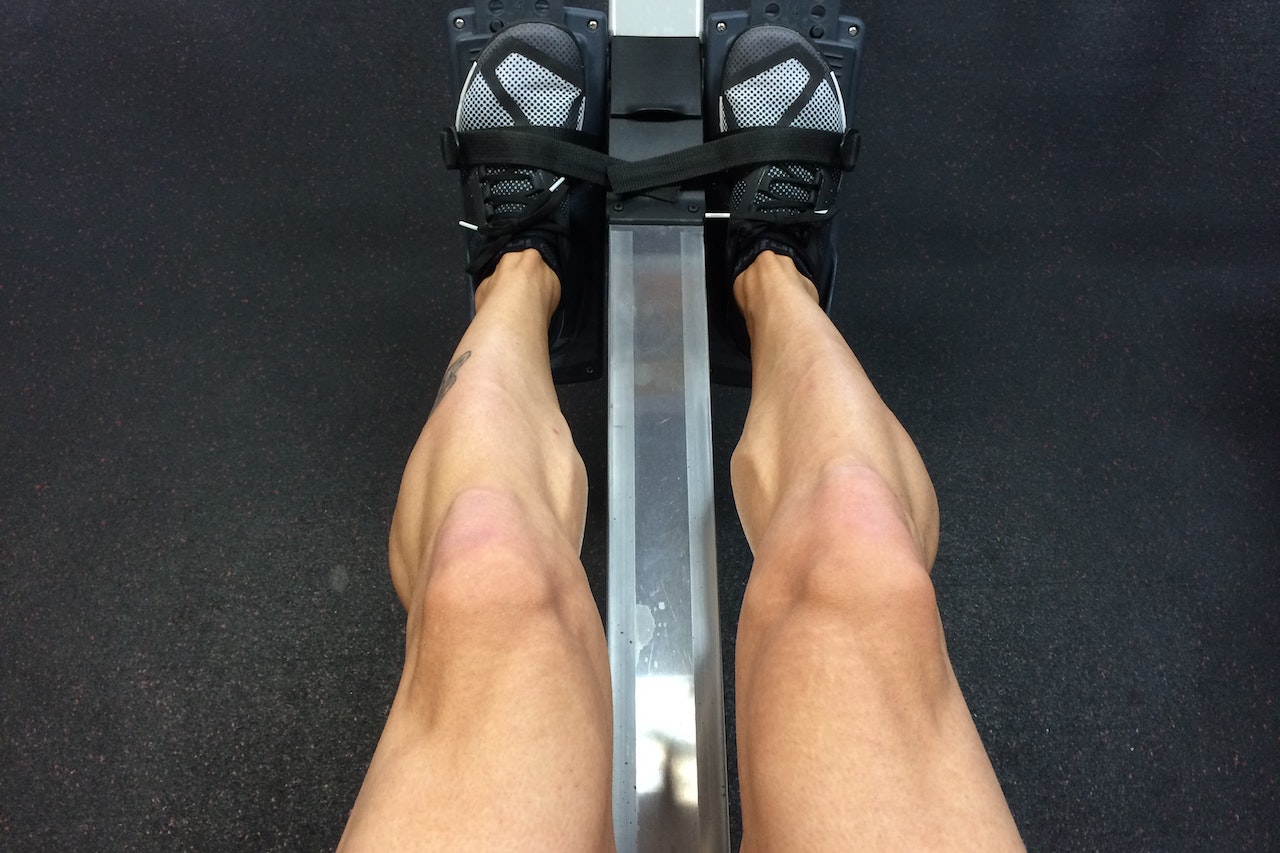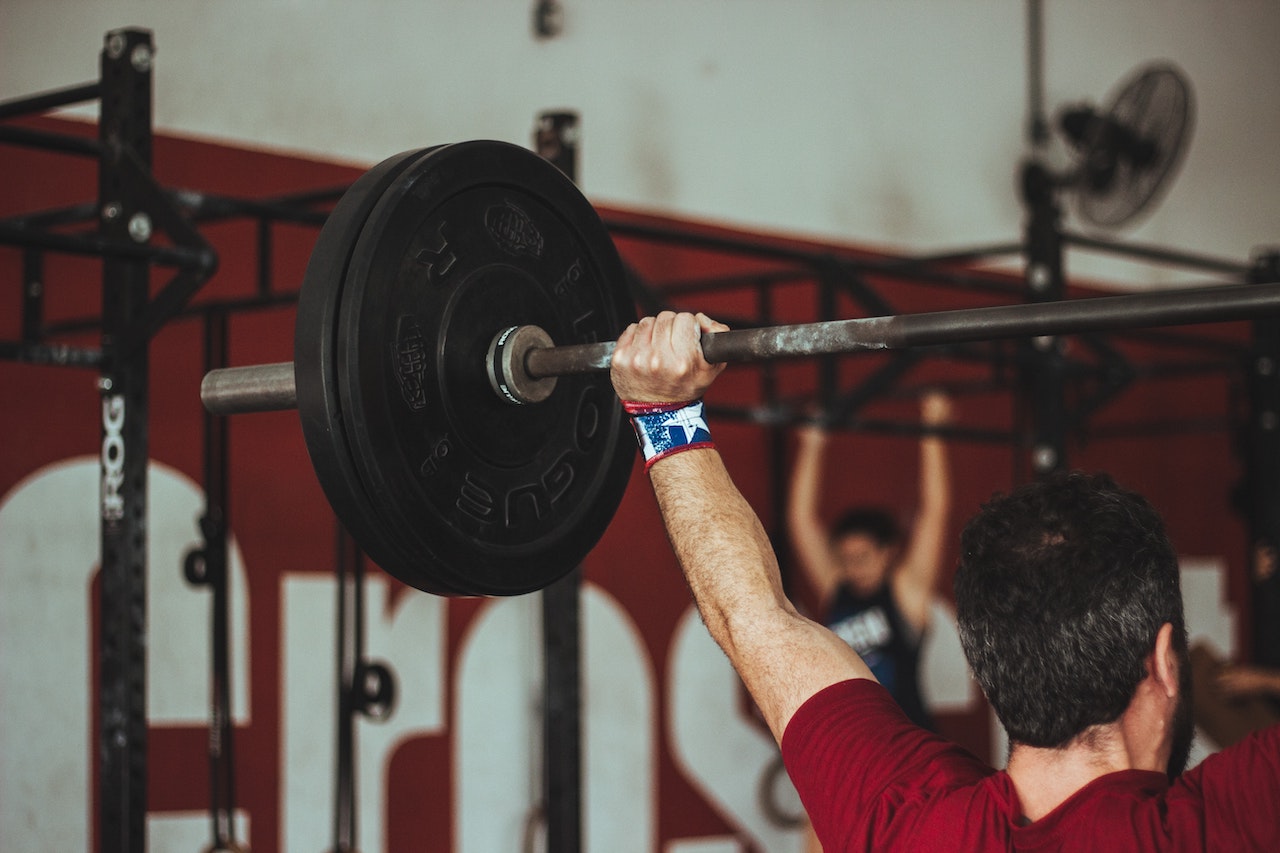You may have heard the expression "Muscle weighs more than fat" Before, but it's not. It's similar to "Which weighs more, a pound of feathers or a pound of iron?"
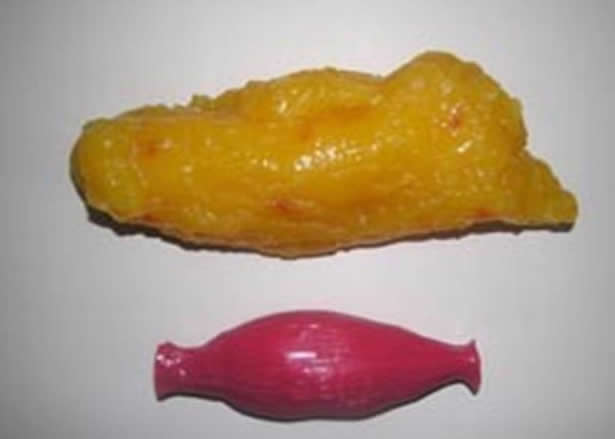
In general, the question of whether muscle weighs more than fat depends more on the size of the weight being weighed, taking the example of a pound of iron and a feather, where a pound of feathers looks much bigger than a pound of iron.
This is the real root of the problem: Size. For humans, size depends largely on body composition, the proportion of fat and non-fat in the body (which actually includes muscles, bones and organs). It should be said at the outset that body size or weight does not necessarily indicate health, but there is some truth behind the statement that muscle weighs more than fat, and here's what you need to know.
Is it true that muscle weighs more than fat?
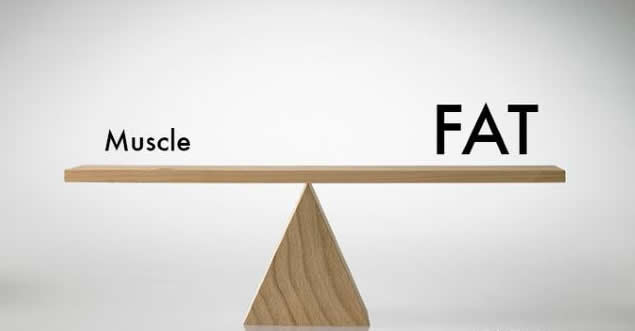
The answer is simple: Yes, to a certain extent, muscle does 'weigh' more than fat; if you simply take a bowl of fat and compare it to a bowl of muscle of the same size, muscle will weigh more. But this is only the simplest solution, and more explanation is needed on this issue, especially how your body reacts to these two tissues, body fat and muscle.
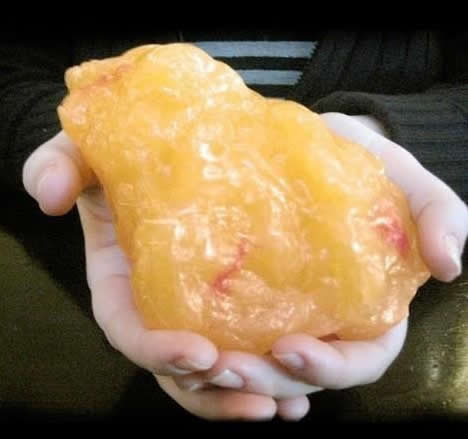
Muscle can be "Heavier" Than fat because it is more dense. So, as explained before, if you're holding a handful of muscle, it will be heavier than holding a handful of fat because technically you have more dense tissue in your hands. The thing is: The number on the weight doesn't really matter, because the benefits of having more muscle tissue outweigh the benefits of having more fat tissue.
How having muscle affects your health.

There are several reasons why muscle is key to keeping an athlete and the average person comfortable and healthy over time. First, lean muscle can help control blood sugar and prevent type 2 diabetes. In fact, a 2017 study found that muscle mass was negatively associated with the risk of developing type 2 diabetes, meaning that the higher the muscle mass in particular, the lower the chances of developing type 2 diabetes. It is skeletal muscle that consumes the most blood sugar in the body. So the more muscle you have, the more potential you have to metabolise blood sugar. An additional benefit is that the blood sugar-regulating effect after exercise is immediate and long-lasting. So if you exercise today, your muscles will make better use of blood sugar over the next 72 hours.
In addition, as you get older you will want to have healthy muscle more than fat. Muscle is an often overlooked sign of healthy ageing and people lose about 1-2% of their muscle from around the age of 40 or 45. This age-related muscle loss is known as sarcopenia, and it is one of the biggest reasons why many older people are unable to perform simple tasks without help. For example: You can't put on a jacket, you can't get yourself up off the toilet and you can't get up off the floor after a fall - it all depends on strength and muscle mass.

Meanwhile muscle can further help you maintain a healthy weight by increasing your basal metabolic rate or the number of calories you burn at rest. How many extra calories are burned by adding muscle is unclear, and this figure has been widely discussed and debated for years. But we do know that the more muscle you have, the faster your metabolism will be.
Finally, and least importantly, at least in relation to health, the density of muscle may cause it to be "Heavier", which also means that it takes up less space in the body. If a person gains 5 kg of muscle, very often they hardly notice the muscle on their body, but if you gain 5 kg of fat, you will definitely notice it.
How fat affects your health.

Adipose tissue plays a number of important roles, from regulating body temperature and producing hormones, to supporting brain health and protecting organs. One figure shows that the percentage of body fat that is healthy for women ranges between 10% and 31%.

When you go over this figure, that's when fat may be bad for your health. People think that fat is just excess energy storage, but it is actually the number one driver of problems in the blood. Chronic inflammation can also lead to a variety of diseases, including type 2 diabetes, arthritis, inflammatory bowel disease and obesity. High levels of body fat are also associated with heart problems. There is a strong correlation between higher levels of body fat and an increased risk of cardiovascular disease and a number of other health problems.
How to measure body fat and muscle percentage.
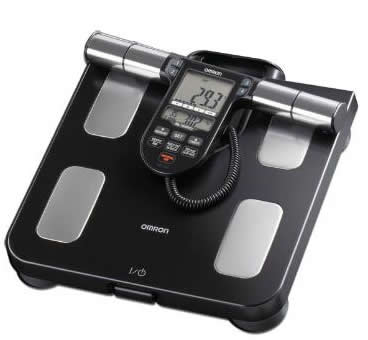
To get an idea of the amount of body fat and muscle mass you carry, a bioelectrical impedance scale can provide the numbers. Many of the devices that use this technology are the body fat scales in gyms, which measure your body composition through electrical impulses. Electric currents face more resistance when passing through fat than when passing through lean muscle mass and water. On this basis, the body fat scales use an internal equation to estimate your body fat and muscle mass. Unfortunately, bioelectrical impedance scales are difficult to calibrate for accuracy, as any change from one reading to the next (for example, if you are dehydrated or sick) can upset these numbers.

A body fat caliper, also known as a skinfold caliper, is another inexpensive tool for measuring body fat percentage. It is recommended to get a fitness professional to do this test as they will have more practice to get a more accurate measurement.
If you want to fully understand your risk status for type 2 diabetes, high blood pressure and heart disease, measuring your waistline can also help you understand your health status. If your waistline is significantly proportionally too thick, you may be at higher risk of obesity-related health problems. This does not tell you exactly what percentage of your body is fat, but it gives you a general idea of your health status).
The most common way most people measure body composition is through the body mass index. But it doesn't take into account your body fat percentage, which is a major flaw in bmi data. So if you have gained muscle through resistance training, your bmi score may give you an inaccurate view of your health.
How to lose weight and gain muscle in a healthy way:.
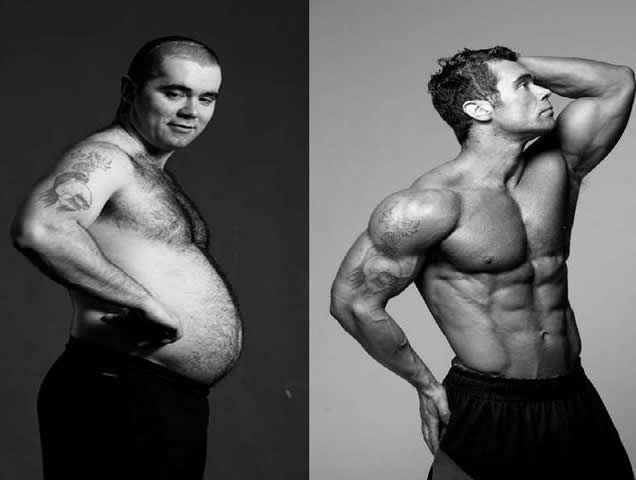
The smartest way to build muscle and lose fat is strength training. If you only have a limited amount of time to work out, strength training will increase your strength exponentially. In addition, you can adjust the ratio of training to rest and you can get more cardio benefits from your strength workout routine.

Do total body strength exercises at least twice a week, making sure you reach near-exhaustion with each exercise. This means that at the last one or two times it should feel almost impossible to complete any more. If you want to lose fat while building muscle, then shorten the rest time between sets (30 to 60 seconds) and increase the intensity of the sweat. Choose five to six movements (three lower body, three upper body) and do 3-4 sets of 6-12 reps per movement, which is the most basic training guarantee for strength.







